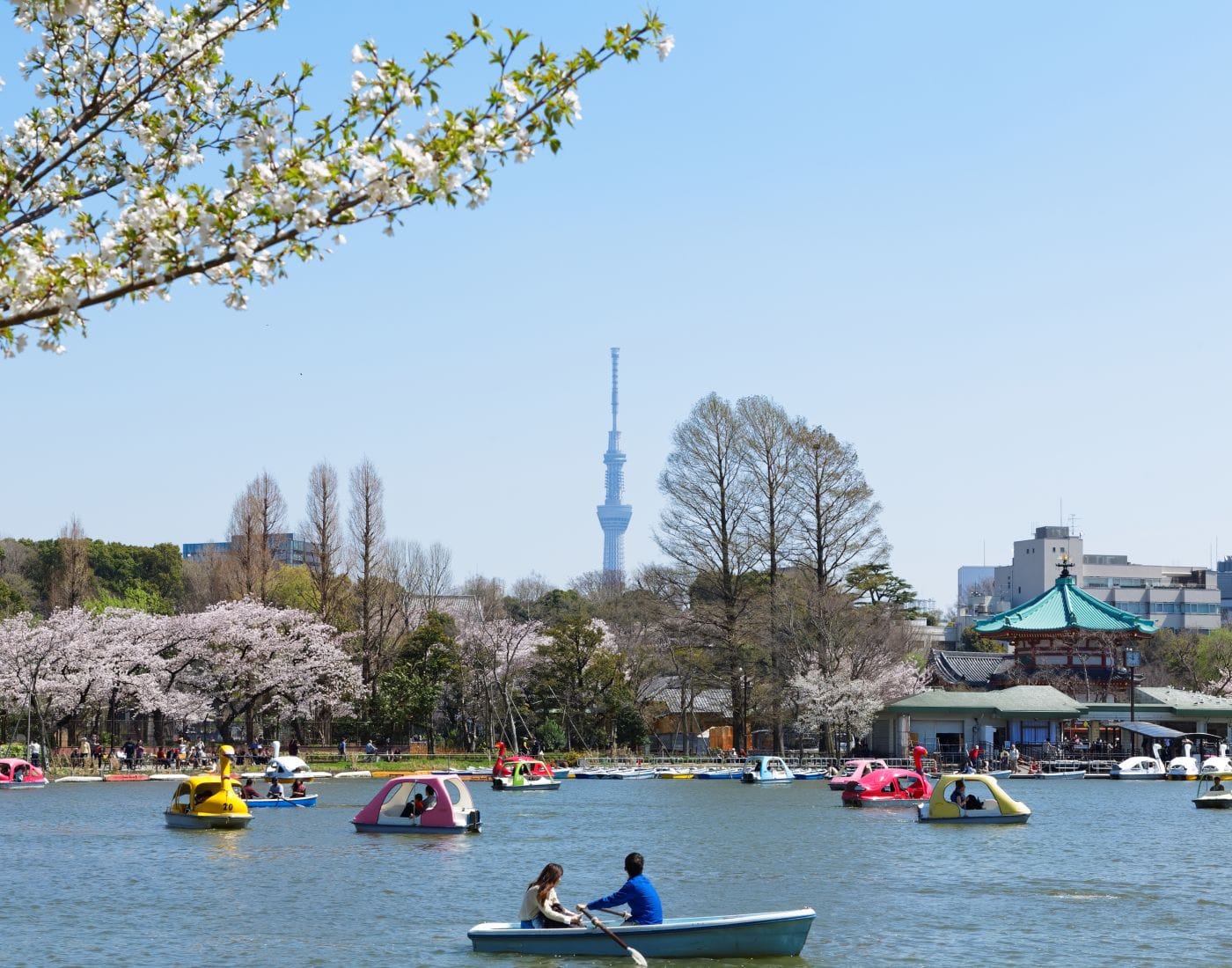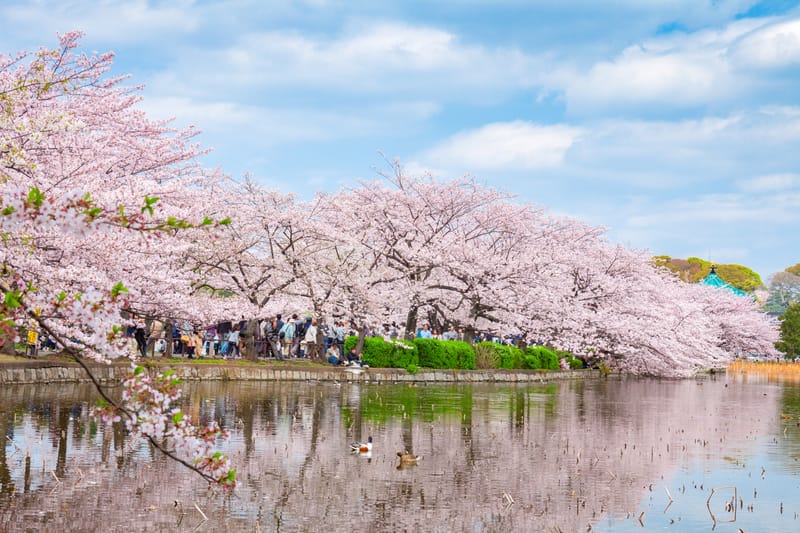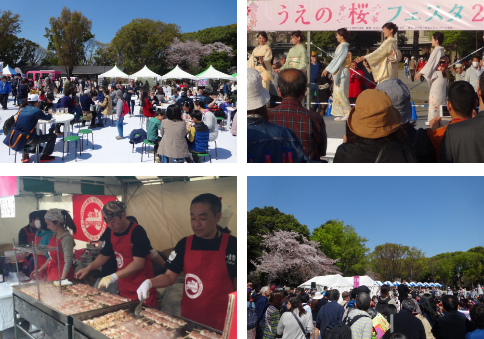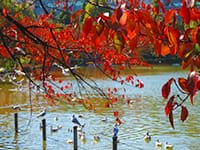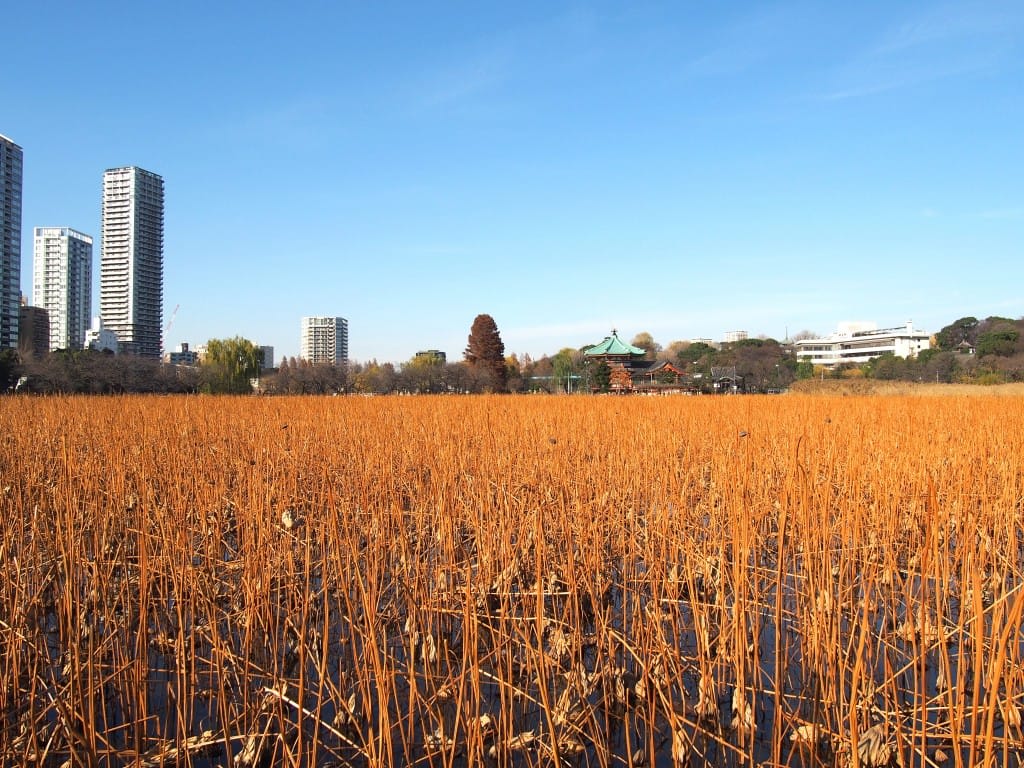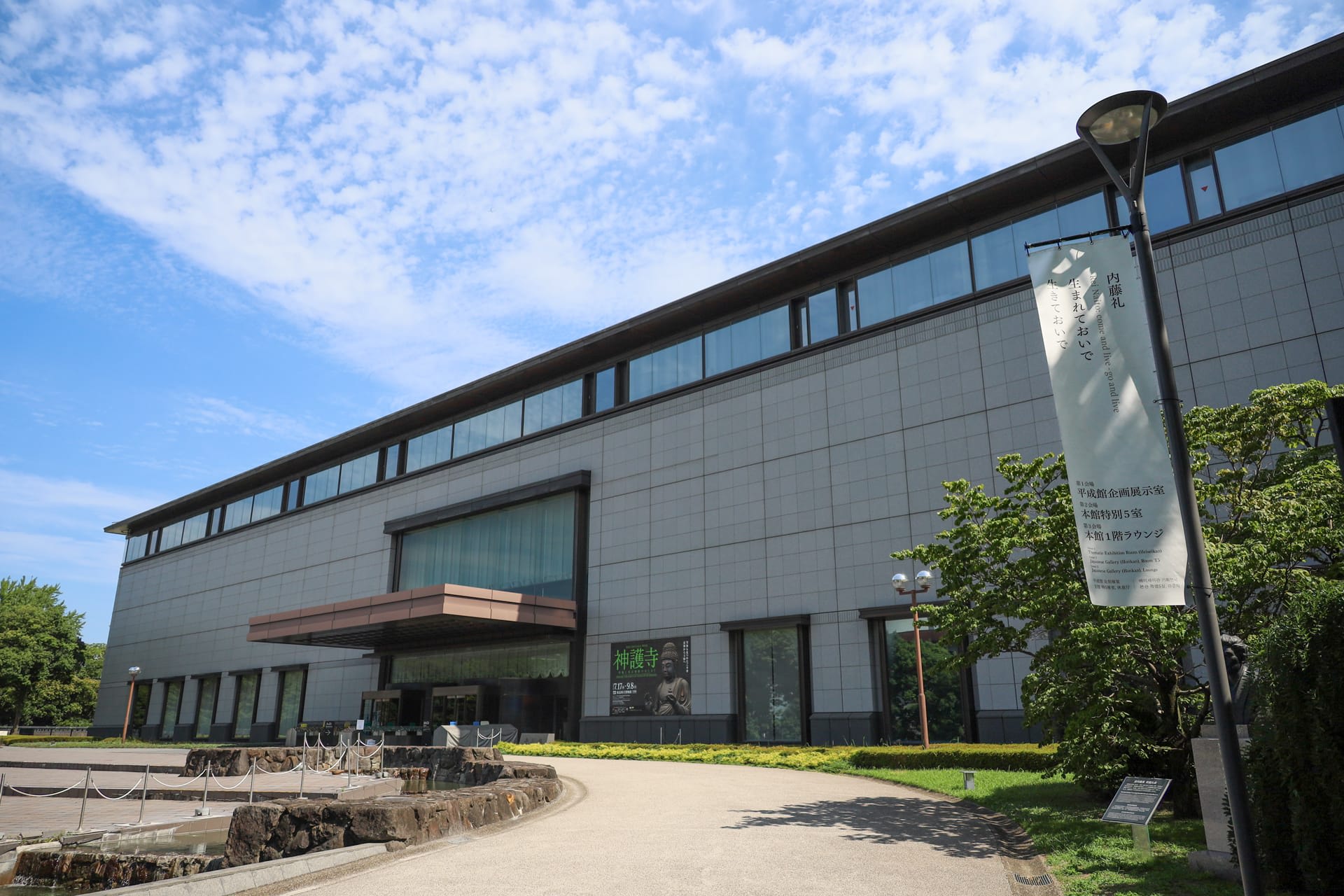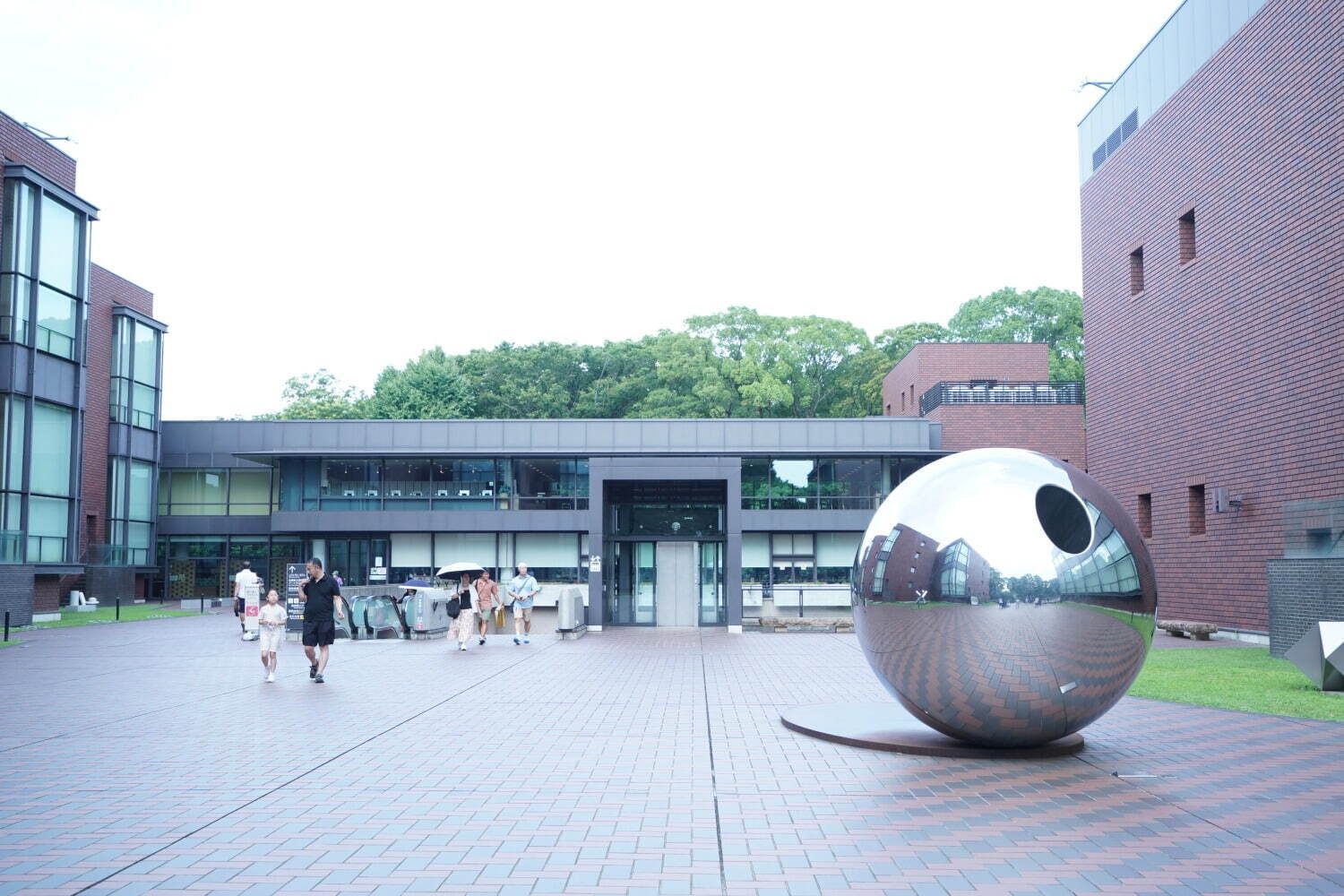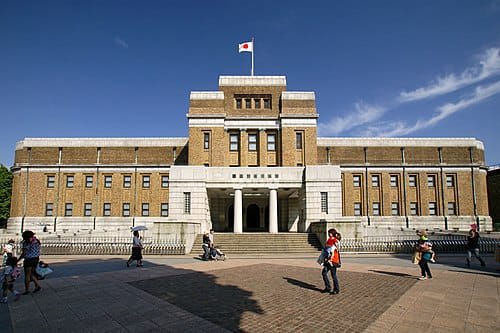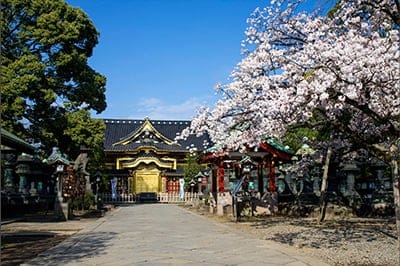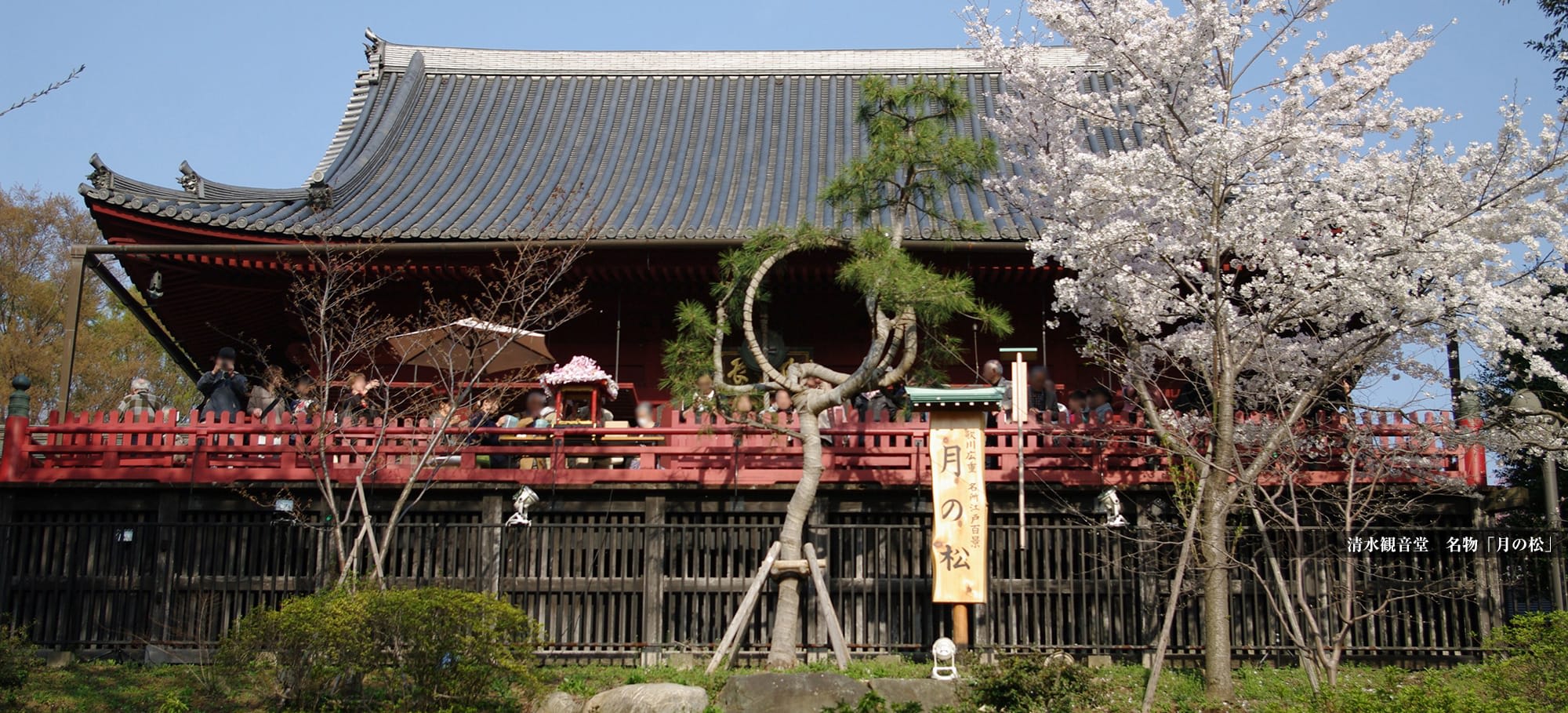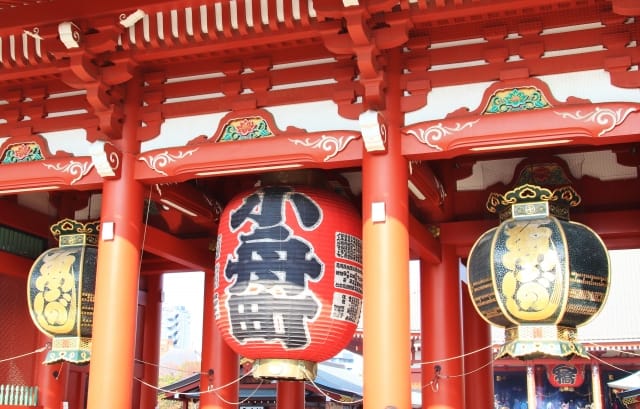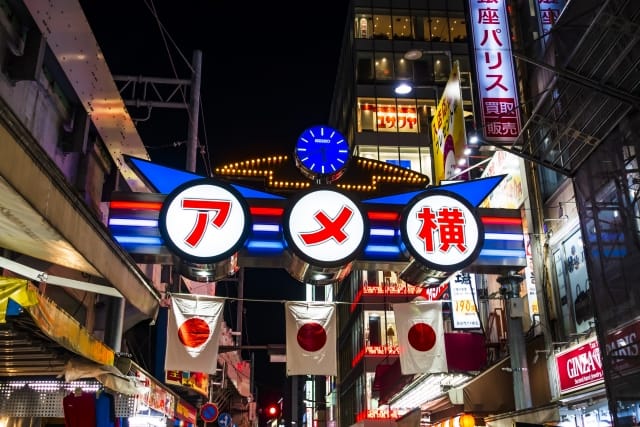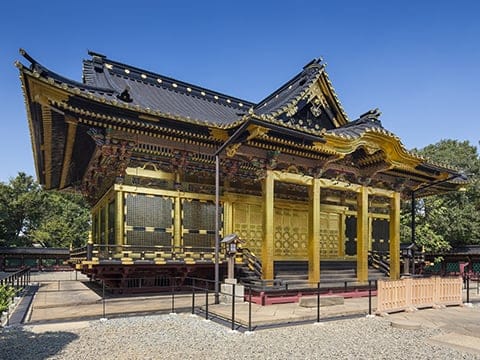Ueno's Shinobazu Pond: Enjoy Tokyo's Oasis Rich in Nature
Since moving to a neighborhood adjacent to Shinjuku in 2024, I've been visiting many cities in Tokyo including Ueno almost daily to explore its appeal and discover spots I can recommend to tourists. I updated this article in January 2025 to incorporate my findings from this research, along with the latest information for 2025.
Another reason for updating the article is the growing interest in tours that allow visitors to safely and deeply experience Ueno's nightlife. With countless izakaya (Japanese pubs) packed into Ueno, tourists visiting for the first time find it extremely difficult to discover the truly excellent spots beloved by locals.
This is why food tours led by knowledgeable local guides who know Ueno inside and out have been gaining popularity, as they take visitors through Ueno's maze of izakaya establishments.
In fact, Magical Trip's tour, which ranked #1 among all tours on Tripadvisor, has been receiving numerous applications.

If you want to experience truly local-favorite izakayas in Ueno, one of Tokyo's premier drinking districts, join the "All-You-Can-Drink Bar Hopping Tour in Ueno." Not only will you discover hidden gems that tourists rarely find, but you'll also experience the Japanese culture of "shime" (end-of-night ritual).
For those who love retro neighborhoods, we also recommend the "Yanaka Historical Walking Tour in Tokyo's Old Town," which takes you through Yanaka, Ueno's neighboring district, with a local guide. It's an efficient and immersive way to enjoy this deeply traditional and historic area of Yanaka.
We hope you'll have a wonderful time experiencing everything Ueno has to offer by joining a Magical Trip tour!
Introduction
Ueno, located in Taito Ward, is a neighborhood known for its nature-rich parks and numerous places to enjoy drinks. With its convenient access, many visitors often combine their trip with the famous tourist spot of Asakusa.
Within Ueno, Ueno Onshi Park attracts many visitors. At the heart of this oasis in the bustling metropolis of Tokyo lies Ueno's Shinobazu Pond, a focal point of interest. The pond offers a tranquil atmosphere and showcases different sceneries with each season, from cherry blossoms in spring to autumn foliage.
In this article, we'll introduce the charms of Ueno's Shinobazu Pond, exploring its various spots and seasonal attractions.
Ueno's Shinobazu Pond: A Central Attraction in Ueno Onshi Park with Changing Faces Each Season
Ueno's Shinobazu Pond is said to have formed 1,200 to 450 years ago
Ueno's Shinobazu Pond is believed to have formed between approximately 1,200 and 450 years ago. About 400 years ago, when a new temple was built in Ueno, Shinobazu Pond was also developed, modeled after Lake Biwa in Shiga Prefecture, Japan's largest lake.
Today, it stands as a representative spot in Ueno Park, always bustling with visitors.
Ueno's Shinobazu Pond is a collective name for three distinct ponds
Source: Machinoiitokoro
Ueno's Shinobazu Pond is actually a collective name for three different ponds: "Uno Pond," "Boat Pond," and "Hasu Pond."
Uno Pond is the smallest and is home to many waterfowl, making it an excellent spot for birdwatching. Boat Pond, as the name suggests, is where visitors can enjoy rowing boats rented from a selection of different types. Hasu Pond is famous for being covered with lotus flowers in summer, making it a popular photo spot.
Three Charms of Ueno's Shinobazu Pond! Introducing Notable Attractions
Plant Groups Gathering Around Ueno's Shinobazu Pond Create Beautiful Scenery
Source: Official website
The area around Ueno's Shinobazu Pond shows a different face in every season. In spring, cherry and plum blossoms bloom, enveloping the area in pink. Summer brings energetic new greenery with lotus flowers covering the entire pond. In autumn, the foliage paints the park in orange hues.
I often visit in spring and autumn, and I'm always struck by how the same place can have such a different atmosphere depending on the season. Ueno's Shinobazu Pond is a beautiful natural spot where you can strongly feel the charm of each season, no matter when you visit.
Lotus Flowers at Ueno's Shinobazu Pond Reach Their Peak in Late July
Source: kensetsu.metro.tokyo
The lotus flowers at Ueno's Shinobazu Pond can be observed in Hasu Pond and Uno Pond, two of the three ponds. The flowers bloom from late June to early August, reaching their peak in late July.
The characteristic view is of pink flowers and green leaves spreading to cover the entire pond. The flowers start to bloom in the early morning and close towards noon, so it's recommended to visit early in the morning to see them.
Cherry Blossoms Surrounding the Pond Reach Their Peak in March-April
Source: JR Mall
At Ueno's Shinobazu Pond, you can see various types of cherry blossoms, from the representative Somei Yoshino, which is the most commonly planted in Japan, to Kanhi-zakura that blooms in early spring, and Oshima-zakura known for its large flowers.
The cherry blossoms at Ueno's Shinobazu Pond are at their best from mid-March to mid-April. During this period, there's also illumination, allowing you to enjoy the romantic atmosphere of night cherry blossom viewing.
Ginkgo and Japanese Maple Trees Reach Their Peak in Mid to Late November
Source: Tokyo Trip
Around Ueno's Shinobazu Pond, ginkgo and Japanese maple trees reach their peak from mid to late November. Ginkgo trees are planted throughout the park, showing vibrant green in summer and transforming into a warm golden color in autumn.
Japanese maple trees mainly bloom from late November to early December, dyeing the park in vivid red colors.
Shinobazu Pond Bentendo: A Japanese-style Building Standing by the Pond
Source: TAITO City Official website
By the shore of Ueno's Shinobazu Pond stands the Shinobazu Pond Bentendo, characterized by its vivid green roof and red pillars. From July to August, you can see a beautiful scene of lotus flowers blooming in full glory right in front of the temple. Many benches are placed around the Bentendo and the pond. My recommended way to enjoy it is to sit on a bench in the cool early morning hours, gazing at the Bentendo and lotus flowers.
At night, it's illuminated in a warm orange light, revealing a different kind of beauty. The sight of it standing quietly, making you forget you're in the city, is soothing. If you want to experience a quintessentially Japanese scene, I recommend visiting at night as well.
Rental Boats for a Relaxing Enjoyment of the Open Ueno's Shinobazu Pond
Source: gotokyo
At the Boat Pond, you can rent and enjoy three types of boats: rowboats that you paddle by hand, cycle boats that you pedal like a bicycle, and cute swan-shaped boats. The fee is about 500 to 800 yen for 30 minutes.
You can row the boats at your own pace for as long as time allows, so you can paddle to your favorite scenic spot and relax there, or enjoy rowing continuously. It's up to you how you spend your time.
I once rode a swan boat during the autumn foliage season and had a private space to enjoy the orange-colored scenery all to myself. I recommend this for those who want to enjoy the scenery in a calm, private setting.
Introducing the Charms of Ueno's Shinobazu Pond, Which Shows Vastly Different Expressions with Each Season
"Spring at Ueno's Shinobazu Pond" with Beautiful Cherry Blossoms in Full Bloom
Source: JRE Mall
At Ueno's Shinobazu Pond, about 800 cherry trees bloom from mid-March to mid-April. With several types of cherry blossoms blooming, I recommend walking while observing the differences in the petals. My recommended way to view them is to take a stroll along the shore of Ueno's Shinobazu Pond. You can see a fantastical scene of drooping cherry blossoms reflected in the pond.
Also, for the month when the cherry blossoms are in bloom, there's illumination at night. The cherry trees glowing pink and the orange paper lanterns lighting up the night sky create a romantic atmosphere. It's also great for photos, so please visit at night too.
The "Ueno Sakura Festival," the Most Exciting Event of the Year in Ueno Park, is Also Recommended
Source: Official website
Every year, the "Ueno Sakura Festival" is held in Ueno Park for about a month from mid-March.
The festival features food stalls, stage performances, and sales of merchandise featuring the popular "panda" from Ueno Zoo, creating excitement every year. At the stalls, you can enjoy Japanese street food like "choco banana" (bananas coated in chocolate) and "karaage" (fried chicken seasoned with a soy sauce-based marinade).
If you want to experience Japanese festival culture along with cherry blossom viewing, be sure to visit the Ueno Sakura Festival.
"Summer at Ueno's Shinobazu Pond" Wrapped in Powerful New Greenery, Led by Lotus Flowers
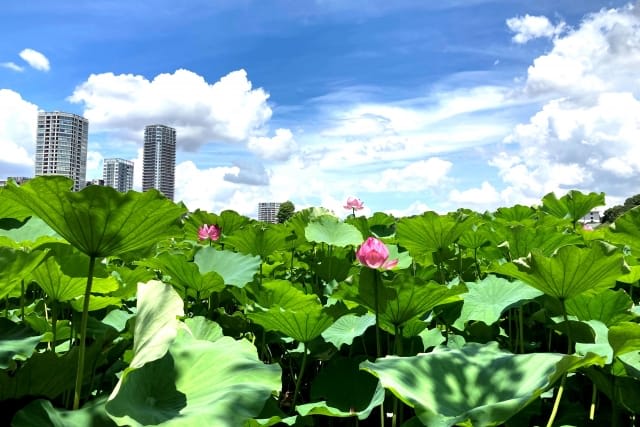
Summer at Ueno's Shinobazu Pond is the season when more tourists visit due to the lotus flowers being at their best. Since lotus flowers start to bloom in the early morning and close by noon, those who want to view them should go early in the morning.
My recommended viewing point is the Hasumi Deck on the Ukisan Bridge on the south side of Ueno's Shinobazu Pond. It's an excellent spot where you can see lotus flowers spreading out whether you look right or left, so be sure to visit if you want to view them.
Also, in summer, 2,000 wind chimes, traditional Japanese bells that make an elegant sound when the wind blows, are hung on the Hasumi Deck. Enjoy the collaboration of lotus flowers and wind chimes.
"Autumn at Ueno's Shinobazu Pond" Colored with Fantastic Autumn Foliage
source:Bureau of Construction
At Ueno's Shinobazu Pond, ginkgo and Japanese maple trees are at their best from mid-November to early December.
I recommend rowing a boat on the Boat Pond while viewing the ginkgo and Japanese maple trees. Ginkgo and Japanese maple trees bloom around the Boat Pond, surrounding it, and you can enjoy scenery that can only be experienced from the pond.
Also, from the boat, you can see Tokyo Skytree, a representative tourist spot in Tokyo, so you can enjoy the collaboration of ginkgo and Japanese maple trees with Tokyo Skytree. The view from the boat is also photogenic, so please enjoy taking pictures while rowing.
"Winter at Ueno's Shinobazu Pond" with a Beautiful Golden Pond and Birds
Source: parkful
In winter, Ueno's Shinobazu Pond offers a beautiful scene where the stems of withered lotus flowers shine golden. Also, Ueno's Shinobazu Pond in winter is known as a place where many wild birds gather. Mainly black-headed gulls, pintails, and tufted ducks gather at Ueno's Shinobazu Pond and can be observed up close.
The sight of golden ponds and water birds in the clear winter air is fantastical and beautiful. It has a completely different charm from summer, so I recommend winter if you want to quietly calm your heart.
Access and Basic Information for Ueno's Shinobazu Pond
Address: Ueno Park, Taito-ku, Tokyo
Access: About 5 minutes on foot from JR Ueno Station, about 10 minutes on foot from Tokyo Metro Ginza Line/Hibiya Line Ueno Station
Opening hours: Free to visit (Entry to the park is prohibited from 11 PM to 5 AM the next day)
Closed: Open all year round
Phone number: 03-3828-5644
Official website: https://www.kensetsu.metro.tokyo.lg.jp/jimusho/toubuk/ueno/index_top.html
5 Recommended Spots in Ueno Park to Enjoy Alongside Shinobazu Pond
Tokyo National Museum
Source: Official website
The Tokyo National Museum is the largest and oldest museum in Japan. It consists of six exhibition and research buildings, including the main building and the East Museum. As of September 2024, it houses approximately 120,000 exhibits, many of which are national treasures or items of great historical value.
What I find most appealing about the museum is that it offers a place to learn about the history and culture of Japan and the broader East Asian region. In the main building, visitors can view Japanese artworks and crafts, making it a must-see for those interested in Japanese culture and tradition.
- Address: 13-9 Ueno Park, Taito-ku, Tokyo
- Hours: 9:30 AM – 5:00 PM (Last entry at 4:30 PM)
- Closed: Mondays (Open on national holidays or substitute holidays, closed the following weekday), New Year’s holidays
- Phone: 050-5541-8600
- Official website:https://www.tnm.jp/?lang=en
Tokyo Metropolitan Art Museum
Source:Fashion Press
The Tokyo Metropolitan Art Museum, located in Ueno Park, primarily showcases Western art. The museum’s concept is "Gateway to Art," offering encounters with masterpieces from Japan and around the world. With five floors (three underground and two above ground), it hosts public exhibitions, special displays, and an art lounge.
Its year-round exhibitions are one of the museum’s highlights. With always-interesting exhibitions, it’s a place you can enjoy no matter when you visit. There’s also a restaurant inside, allowing you to spend the whole day leisurely exploring the museum.
Address: 8-36 Ueno Park, Taito-ku, Tokyo
Hours: 9:30 AM to 5:30 PM
Closed: First and third Mondays (Closed the next day if it falls on a holiday)
Phone: 03-3823-6921
Official website:https://www.tobikan.jp/
National Museum of Nature and Science
Source: Wikipedia
The National Museum of Nature and Science is Japan’s only comprehensive science museum. Its exhibitions are divided between the Japan Pavilion and the Earth Pavilion, featuring about 25,000 items covering themes such as space, dinosaurs, and Japan’s ecosystems.
The museum regularly holds hands-on events, experiments, and nature observation sessions, making it an enjoyable learning experience for visitors of all ages. One of my favorite spots is the "Theatre 60," which offers 360-degree visuals that create a floating sensation, providing an immersive experience.
- Address: 7-20 Ueno Park, Taito-ku, Tokyo
- Hours: 9:00 AM – 5:00 PM (Last entry at 4:30 PM)
- Closed: Mondays (Closed on Tuesday if Monday is a holiday), New Year’s holidays (December 28 – January 1)
- Phone: 050-5541-8600
- Official website:https://www.kahaku.go.jp/english/
Ueno Toshogu Shrine
Source: Official website
Ueno Toshogu Shrine, located in Ueno Park, is a historic Shinto shrine built in 1651. The existing structures enshrining sacred objects are of significant historical value.
The highlight of the shrine is the "Konjikiden" (Golden Hall), a building completely covered in gold leaf. It exudes a sense of elegance and grandeur typical of Japan’s historic buildings. Every autumn, the shrine is beautifully illuminated, offering a magical view. Since it’s located within the park, it’s worth visiting alongside Ueno Park.
- Address: 9-88 Ueno Park, Taito-ku, Tokyo
- Hours: 9:00 AM – 4:30 PM (October – February), 9:00 AM – 5:30 PM (March – September)
- Open year-round
- Phone: 03-3822-3455
- Official website:https://www.uenotoshogu.com/
Kaneiji Temple
Source: Official website
Kaneiji Temple is an important Buddhist temple located in Ueno Park. Founded in 1625, it served as a spiritual center to protect Edo, the ancient name for Tokyo.
My personal recommendation within Kaneiji Temple is the Kiyomizukannon-do Hall, modeled after the famous Kiyomizu Temple in Kyoto. The view of Shinobazu Pond from this vantage point is stunning, and I highly recommend experiencing it for yourself.
- Address: 1-14-11 Uenosakuragi, Taito-ku, Tokyo
- Hours: 9:00 AM – 5:00 PM
- Open year-round
- Official website:https://kaneiji.jp/
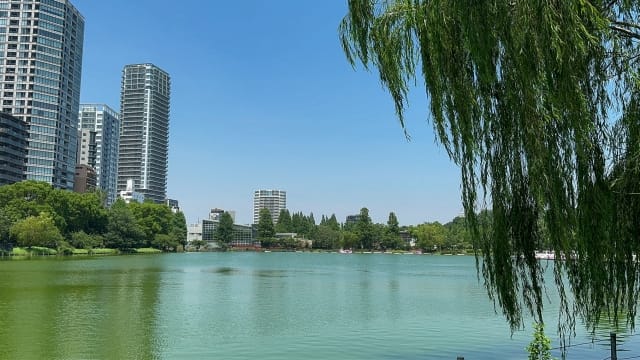
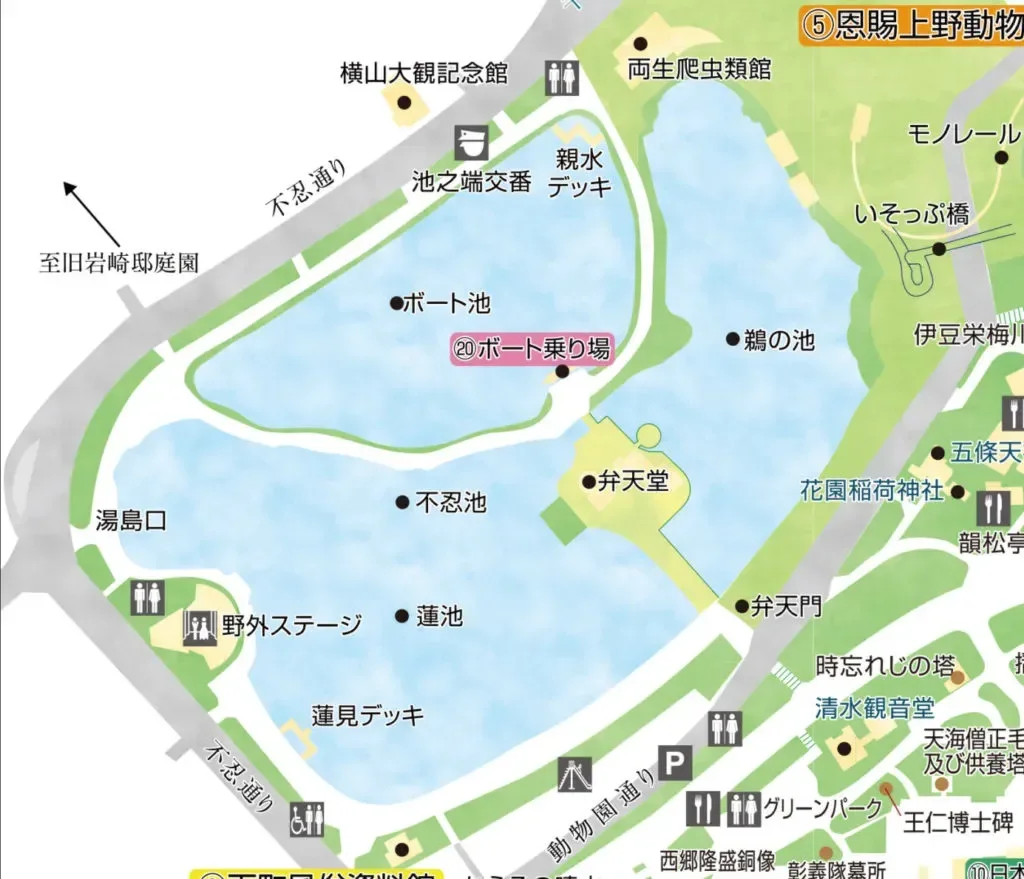
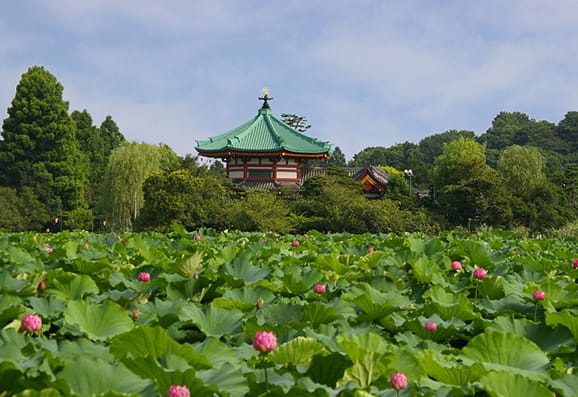
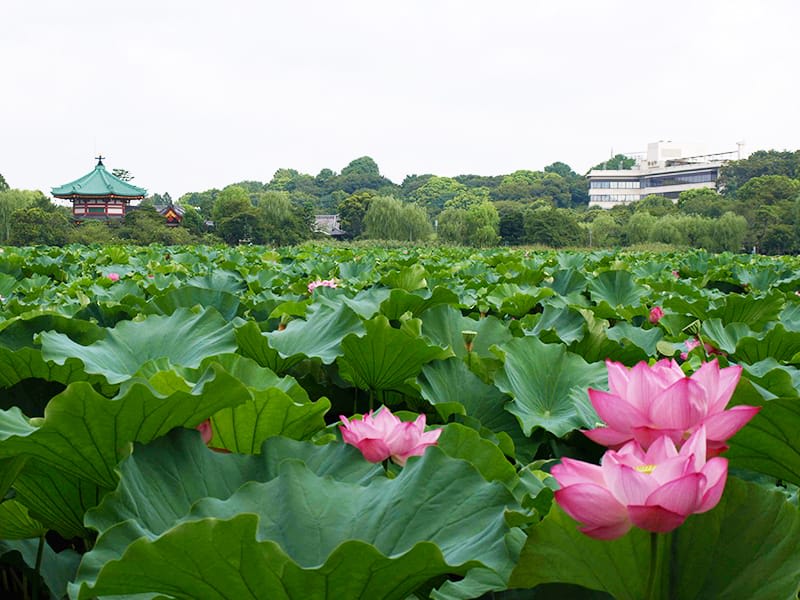
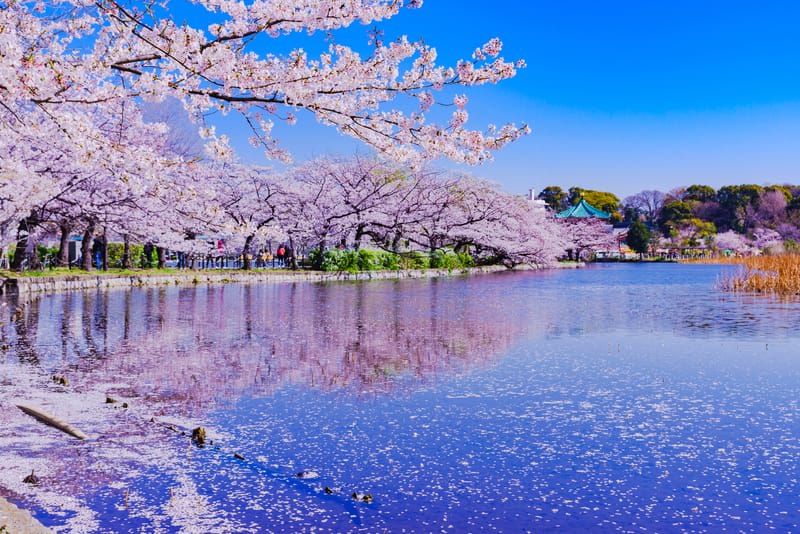
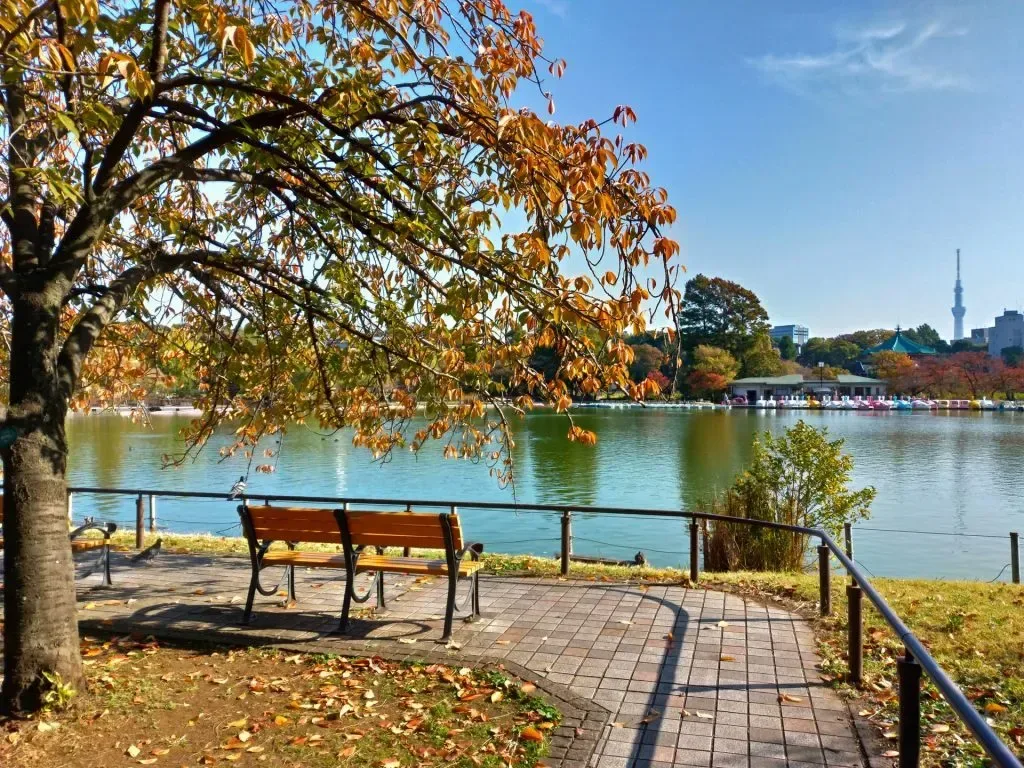
![[1200_1200]_20240514224415_不忍池辯天堂(裏) (1).jpg](https://res-3.cloudinary.com/dbm1qiew0/image/upload/q_auto/v1/blog-images/-1200_1200-_20240514224415_-----------1-.jpg)
